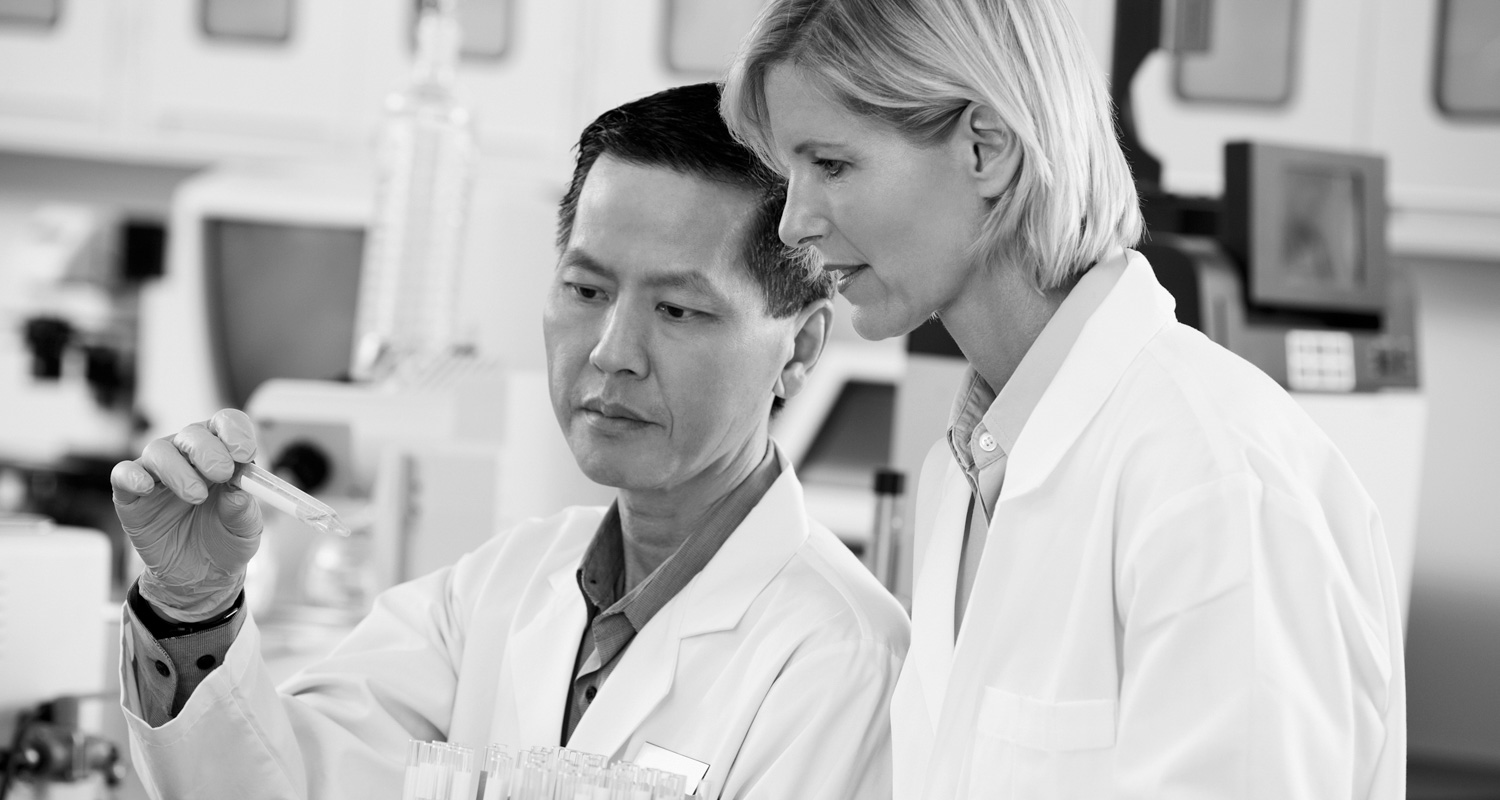Economy vs. Operational vs. Health risk management vs. Environment
All the advantages of the single-use EasyCage system are well established now:
- Increasing bio-security, reducing the potential for cross-contamination,
- Significantly reducing the capital investment for equipment, construction, and maintenance by removing the need for washing and autoclaving systems and area,
- Substantial reduction in handling related to washing and cage preparation: EasyCage systems are delivered double-bagged, irradiated and ready for use in the vivarium.
- Eliminating operating costs associated with water consumption and energy use
- Retrofittability of the NexGen racks which can receive both washable and single-use cages,
- Preparing proper contingency plans for natural disasters or washroom malfunction.
Today, capital investment, biosecurity and labour are undoubtedly real challenges. The benefit/risk ratio of single-use cages offers a very interesting alternative, as it addresses most of these problems.
As proof, because of investment limitations, Biotechnologies are using single-use materials and equipment. And on their side, faced with regulatory constraints in terms of sterilization, and also for cost reasons, hospitals have long since abandoned autoclaving and opted for single-use medical devices. Even to meet sustainable development objectives, because of the risk-benefit balance, hospitals do not question the use of disposable, and rather focus on the management of waste sorting and waste treatment solutions.
Regarding LAS facility on the question of ecological aspect, there is actually no general rule establishing that the environmental impact is in favor of a single-use cage system or a washable cage system applicable. The carbon footprint is facility-dependent, and has to be assessed depending on criteria that are specific to each:
- Number of cages,
- Bottles or automatic watering system,
- Cage change frequency,
- Number and type of washers (water, electricity and detergents consumption),
- Number of autoclaves (water and electricity consumption),
- Waste management (see our article in the previous newsletter),
- Geographical location (transport to and from the facility).
In some cases, the single-use cage is already a 100% beneficial solution: Quarantine Area, BSL-2 Studies, Satellite Facility, and for contingency planning (Power Outage, Washroom Downtime), the waste proportion remaining low.
Allentown is always seeking to offer the best solutions to the LAS. We are aware that the single-use system solves a number of important issues for all animal laboratories, and this is the first reason why we developed the EasyCage housing system, and to offer a maximum flexibility (economical and operational) that NexGen IVC racks accommodate both washable and single-use cages.
Also, EasyCage components are fully recyclable. However, because today waste treatment facilities are only able to recycle a few amount of plastic, the solution is not yet ecological in 100% of cases. But thanks to its willingness to support sustainable development and reduce greenhouse gases, the European government has recently presented its strategy with the goal to enable recycling of 100% of plastic waste by 2025: this strategy will thus strengthen the benefit-risk balance for single-use equipment, which is essential in areas such as health and biomedical research. The EasyCage system will then be fully advantageous for Economy, Operations, Safety, with a low impact on the environment.
In the meantime, Allentown strives to find solutions ecologically acceptable and economically viable in different situations.

